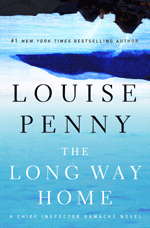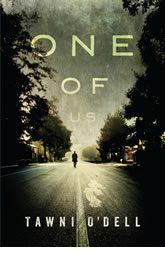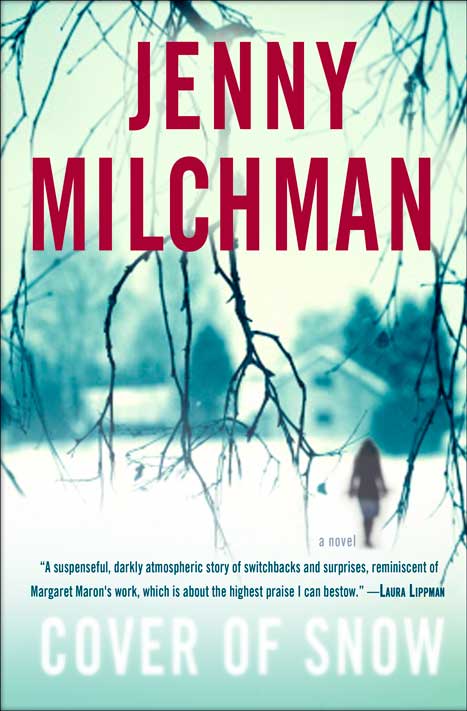Dear Father is
not a book anyone would expect me – an older, suburban, white woman – to read. Author J. Ivy is a hip-hop poet and a Grammy
Award winner for his work with Jay-Z and Kanye West and my musical interests
tend toward Gershwin, The Beach Boys, The Temptations, and Mozart. To write this
review I had to “Google” how to spell Kanye
and Jay-Z. In addition I grew up in a small town with not only my father
and mother but all four of my grandparents close by to rear and cherish me. So
what is it about this hip-hop poet’s words about learning to forgive his absent
father that resonated with me so?
First, understand how I came to this book. I select most titles based on what publicists
think I might like or on what I read in publications like Publishers Weekly.
This book was different; I learned of it a few days ago as I listened to J. Ivy’s
interview on NPR while heading down the expressway. By the time I got out of my
car, J. Ivy had captured my heart. I
wanted to know more about his work to get children to write. I wanted to learn
about his family, and I really wanted to know how forgiveness had saved him. Later
that day I downloaded his book onto my e-reader and entered J. Ivy’s
world. I found myself reading his poetry
out loud so his words encircled me with their rhythm, emotion, ebullience, and
melancholy.
I soon learned that Ivy had transferred to the high
school my children attended where he was a year ahead of my daughter. His
description of moving from the south side of Chicago to the suburbs where a
teacher encouraged his poetry and where he received a standing ovation in a
student show reinforced my beliefs in the power of equal education for all and in
encouraging everyone to use their talents.
“The school had its cool kids, its nerds, its athletes – all sorts of
cliques – just like my other schools had; only difference was, some were black,
some were white, some were Chinese, some were Puerto Rican, and some were
Mexican. . . . It was my first time talking to white kids at length. We were
actually sitting next to each other, holding conversations, realizing that some
of us were neighbors. . . . We were
eating the same food together at lunch. We were learning together. . . . We
were breaking down the transparent barriers that society had historically
placed between us. . . .
What I was experiencing had to be a microcosm of what the pioneers of
integration lived. . . . Sitting in a classroom that used to be all white. Unifying
with cultures that you had barely spoken to before this time. . . . I finally understood what Dr. King meant by
his I Have a Dream speech. I felt
like a soldier for equality seeing clearly that culture was actually a prism of
many different facets and many different faces that were from many different
places and backgrounds. I got it, but my young mind was shocked by the
discovery.”
This book made me care about J. Ivy. I was grateful
for his faith and how it grounded him. I mourned with him when his father died
and if I ever meet his mother she’s in for a very big hug. I’ve long been a
student of forgiveness and have often wondered why it’s so hard to explain the
concept to the young. J. Ivy is reaching
a generation that needs to learn to forgive.
His Dear Father Letter Writing Workshops help children learn to write
away their problems and see that there’s a way out and his wisdom is for
everyone. He writes:
“We all make mistakes. We all will make
more. The key is not to judge but to focus on your purpose. Despite what anyone
may have done in the past, you’re still standing. You’re still able to move
forward in your life. You are still awarded with the ability to dream, create,
and find happiness. But in order for us to find these joys, we have to forgive.
And when the mechanics of our mind flash back to yesteryear, we have to
remember that . . .
Forgiveness
Is
REMEMBERING
To forgive again,
And again,
And again,
And . . .”
Summing it Up: Read this book for a pure emotional
ride that will make you glad you live in a country that values education. Tumble into the world of words J. Ivy
creates. Read his words aloud and allow them to seep into your consciousness. If
you aren't sure if this is for you, watch this interview on PBS, listen to him
on NPR, or read an excerpt of his book.
Rating: 4 stars
Category: Nonfiction, Memoir, Soul Food, Book Club
Publication date: January 27, 2015
Author Website: http://www.j-ivy.com
Read an Excerpt: http://dearfatherletters.com/welcome/wp-content/uploads/2014/12/Dear-Father_Excerpt-Book-Sample.pdf
Book Trailer: http://www.beyondword.com/product/dear-father
Interview on Public Television’s Chicago Tonight: http://chicagotonight.wttw.com/2015/01/28/chicago-poet-j-ivy#.VMldDegacO8.twitter
NPR Interview: http://www.npr.org/2015/01/25/379329879/in-dear-father-a-poet-disrupts-the-cycle-of-pain
What Others are Saying:
“A Grammy-winning performance poet often seen on HBO’s Def
Poetry, Ivy writes about his negligent father, his own life as a black male,
living in a poor, rough Chicago neighborhood, his devotion to hip hop, and
being in love and all the trials and tribulations that come with it. His memoir
is a mixture of short, narrative, first-person chapters and some of the poems
that he has performed across the country. Clever in his telling of stories, Ivy
appeals to our sense of empathy and plays with our notions of fame in contrast
to his own uncommon path of hard work and aesthetic endurance. What stands out
most here is the redemption and escape Ivy found in language and art, in his
commitment to writing poems and perfecting performance. Ivy finds solace in the
title poem and in conversations with his friends and mentors, including
performers Kanye West and Jay-Z, whose inspiration he shares. Ivy is a focused
poet and entertainer discovering, in poetry and prose alike, the power and
necessity of words.” (Mark Eleveld Booklist)
“In his book, Dear Father, J. Ivy delivers a powerful
message of hope, transforming his pain into power. This book represents his
life stories, and how poetry has helped him overcome adversity, allowing his to
make an impactful contribution to humanity.”
Deepak Chopra















